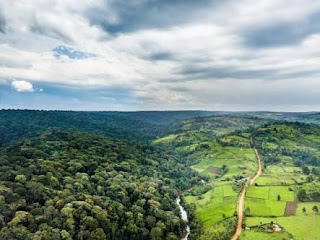Plastic Pollution - Case of the Mombasa Seafront

Kenya has an estimated coastline of about 1420 km and with such a huge coastline, a number of challenges do present themselves as well, when it comes to matters of environmental conservation. Among these challenges is the menace of solid waste management which leads to an eyesore and has an effect in our oceans especially from plastic pollution. On the 28th of August 2017, the ban on plastic carrier bags came into effect. This move was hailed from far and wide across the world as a positive one due to the obnoxious nature of the single use plastic bags to the environment. Kenya has now become a case study in matter relating to plastic bags ban. However, there has been lapses in effecting this ban as some unscrupulous businessmen have been smuggling into the country these bags aided by corrupt border point officials. Much of the plastic bags currently being illegally used are coming in from neighbouring countries especially Uganda. We are also witnessing a situation where the use of ...

